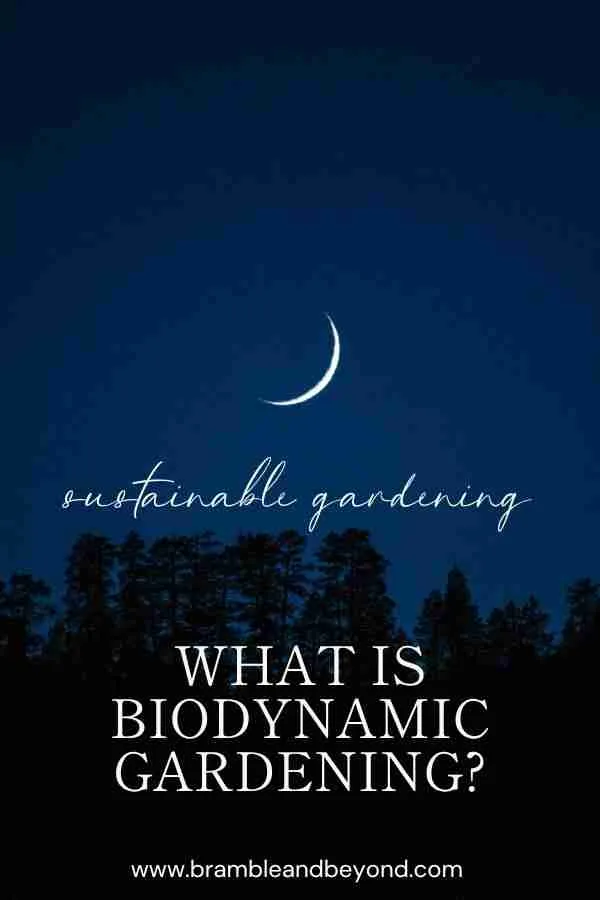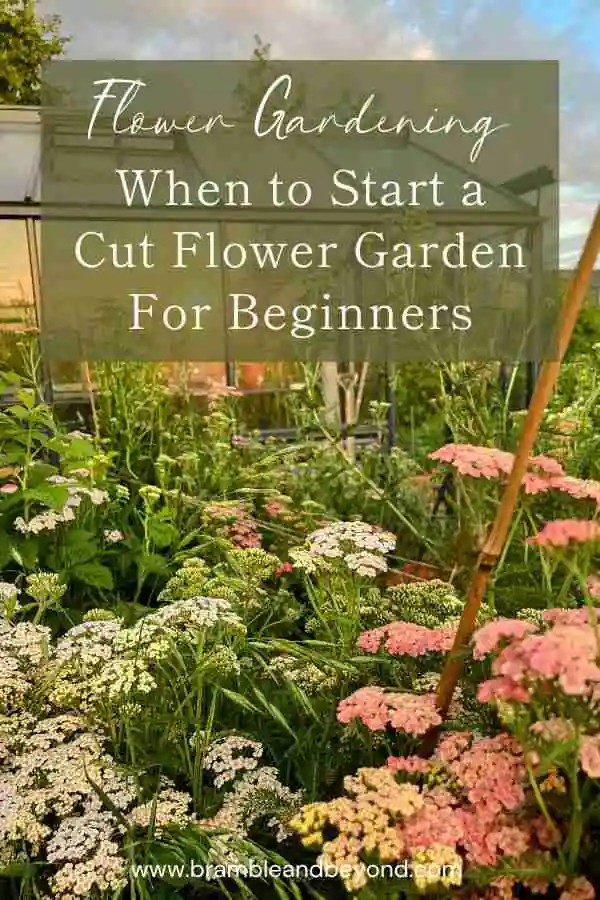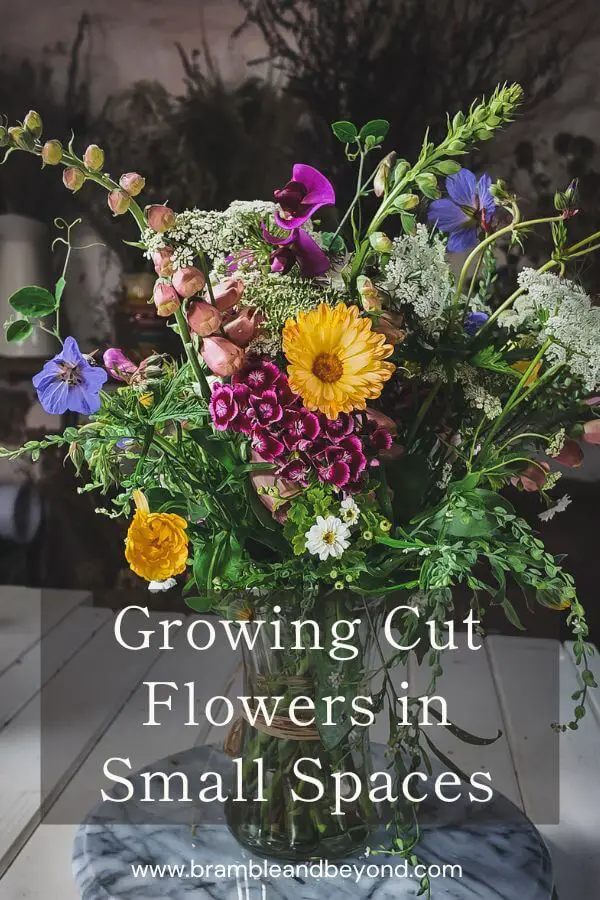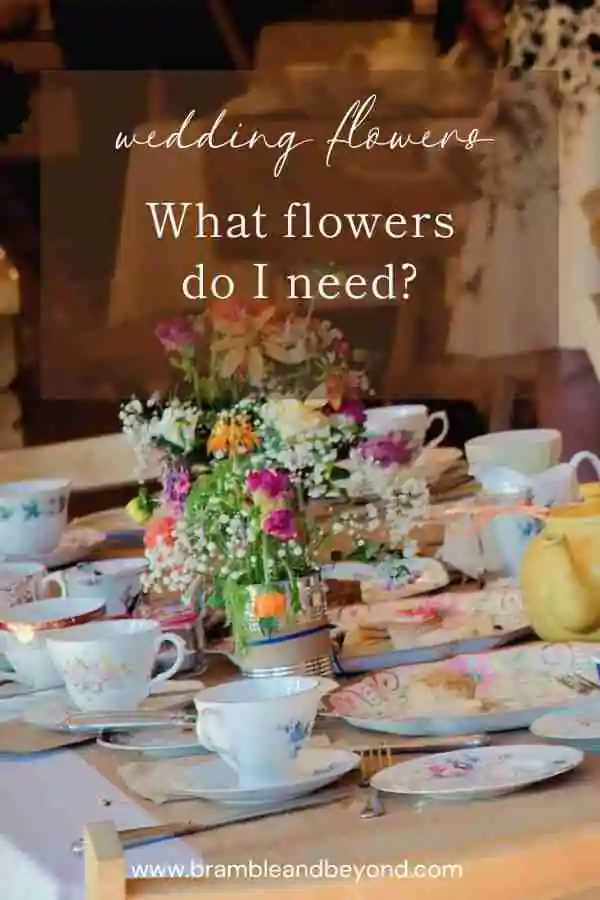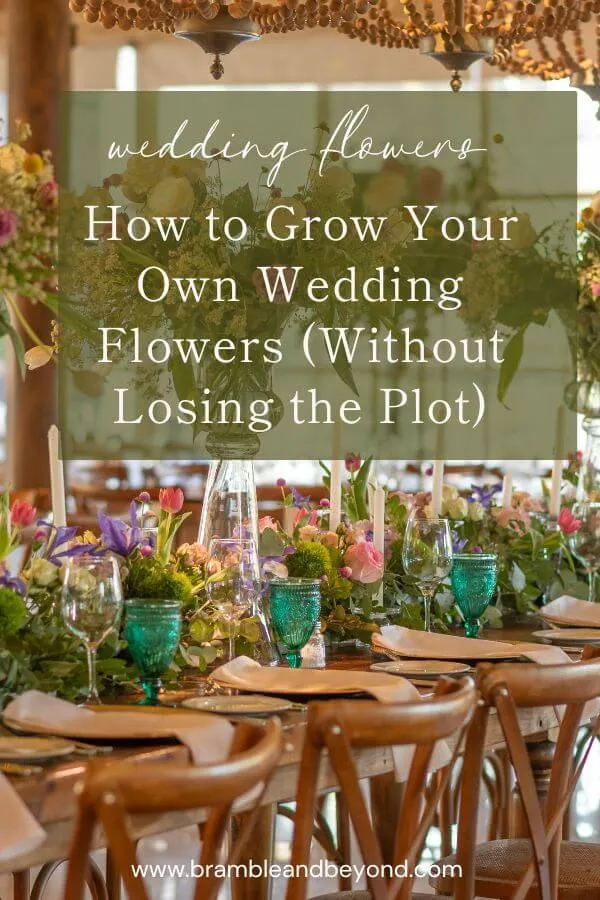Disclosure: This post may contain affiliate links, meaning I get commission if you decide to make a purchase through my links, at no cost to you. Please read my Affiliate Disclosure for more information.
This year, I’ve set my sights on one simple yet ambitious goal: improving my soil health. Healthy soil means resilient plants, the kind that can hold their own against pests and unpredictable weather. But when it comes to achieving this, I find myself drawn into the intriguing, slightly mystical world of biodynamic gardening.
I’ll be honest—at first glance, biodynamics feels like venturing into a realm of moonlit rituals and magical potions. It’s a little “woo-woo” and quite a lot to wrap your head around. However, its promise of holistic, sustainable practices and a connection to nature makes it worth exploring. Let’s dive into what this practice is, where it comes from, and how you can try it yourself.
What Is Biodynamic Gardening?
Biodynamic gardening is more than just a method; it’s a philosophy. It has it’s feet thoroughly embedded into organic gardening but it is more. It views your garden as a living, interconnected system where every element—soil, plants, animals, and even the cosmos—plays a role in its health and productivity.
This concept originated from the teachings of Rudolf Steiner in the 1920s. While Steiner’s views were often controversial, his lectures on agriculture struck a chord with those concerned about declining soil fertility. Today, biodynamics continues to evolve, blending scientific principles with spiritual awareness.
But what sets it apart? For one, it doesn’t just focus on nutrients like nitrogen or phosphorus. Instead, it emphasises balance—understanding that what happens in your garden is influenced by everything from microbes in the soil to the phases of the moon.

Lunar Planting: Following the Rhythms of the Moon
Let’s start with the most mystical aspect: lunar planting. Biodynamic gardening posits that the moon’s phases and positions in the zodiac can influence plant growth. Bear with me as this is where it might seem a bit wacky!
Here’s how it works in simple terms:
• Waxing Moon (New to Full): This is the time for sowing and transplanting plants that grow above ground, like leafy greens or annual flowers.
• Waning Moon (Full to New): Focus on root crops and perennial flowers, pruning, and weeding during this phase.
More granular moon phases dictate exact seed sowing days and ideal times for weeding, but you really need to consult a calendar, such as the Maria Thun Biodynamic Calendar: 2025 to work out the specifics.
It sounds far-fetched, but think about the moon’s effect on tides. If it can move oceans, why not the water in plants and soil?
Even if you’re skeptical, aligning your gardening schedule with lunar phases could introduce a sense of rhythm and mindfulness to your work—a way of being in tune with the natural world.
The Preparations: Biodynamic Potions for Soil and Plants
One of the most fascinating (and eyebrow-raising) parts of biodynamics is the use of preparations—herbal concoctions designed to enhance soil fertility and plant health.
Here are a few examples:
• Horn Manure (Preparation 500): Cow manure is packed into a cow horn and buried in the soil over winter. The result is a nutrient-rich fertiliser that’s diluted and sprayed over the garden.
• Silica Preparation (501): Ground quartz is treated similarly and used to improve plant health and photosynthesis.
• Herbal Teas: Chamomile, nettle, and yarrow are brewed and added to compost piles to speed decomposition and enrich the mix.
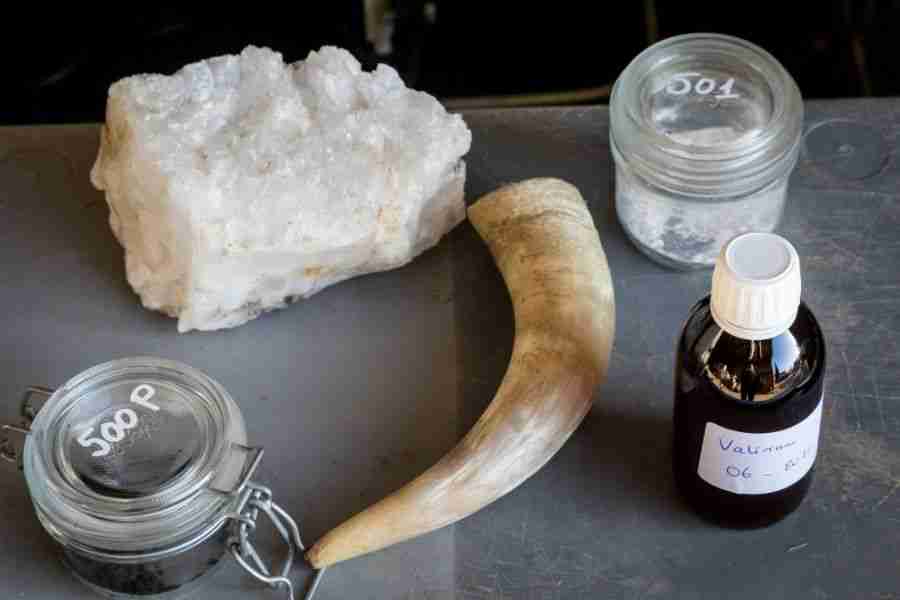
These preparations might sound like something out of a witchcraft, but their purpose is rooted in practical benefits: boosting soil microbiology, improving nutrient availability, and encouraging plant resilience.
The Ethical and Ecological Appeal
What really draws me to biodynamic gardening is its emphasis on sustainability and ethical stewardship of the land. Biodynamic farms aim to be self-sufficient ecosystems, relying less on external inputs and more on natural cycles.
This approach resonates with anyone who loves the idea of leaving the earth better than they found it. Plus, with concerns about soil degradation and climate change, adopting methods that prioritise long-term soil health feels urgent and necessary. Although, it can be said that this could be achieved following good permaculture practices, but I don’t see why they have to be mutually exclusive.
My First Steps Into Biodynamics
As someone who’s still navigating this strange yet wonderful territory, I’ll admit I’m taking baby steps. I plan to start it pick and mix style this year.
I originally thought gardening by the moon phases might be too limiting when I first heard about biodynamics. Special days to work on flowers, root veg, leafy veg and so on, just seemed an easy excuse for me to get wrong. But after buying ‘The Almanac: A Seasonal Guide to 2025’, and discovering a more simple version of when I should be doing these things (especially as my focus is only on flowers), it actually has provided me with a certain amount of freedom. I’m hoping I no longer feel guilty if I don’t weed for weeks, after all, I can use the wrong moon phase as an excuse.
I also used this biodynamic calendar tool to help work out the specifics when necessary.
Whether I go full scale and bury cow horns filled with manure remains to be seen. Fortunately, you can buy the mix from the Biodynamic Association, so this might be my starting point to get the season started. I’ve already missed the Kings Preparation, which starts the year on the 6th January, but I’m sure that isn’t going to cause the whole year to fail.
How to Get Started with Biodynamic Gardening
The beauty of biodynamics is that you don’t need to overhaul your garden overnight. Start small and build from there.
Here are a few tips to dip your toes into this practice:
- Learn the Basics: Read about biodynamic principles and preparations. A simple guide can make it less daunting.
- Start with Compost: Incorporate biodynamic compost preparations to boost your soil’s fertility.
- Follow the Moon Phases: Even if you’re skeptical, experiment with planting during specific lunar phases and see how your plants respond.
- Observe and Adapt: Treat your garden as a living system. Take notes, watch how it evolves, and adjust as needed.
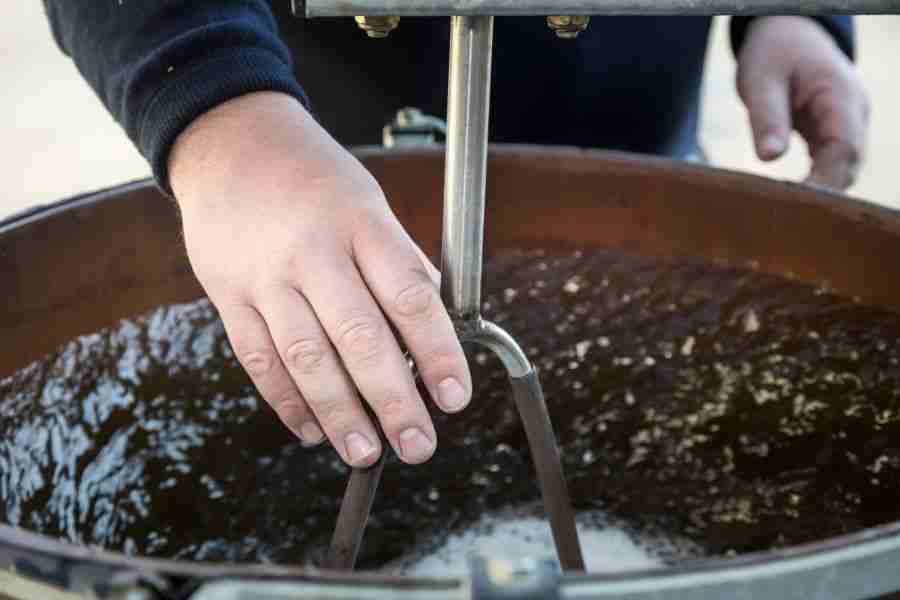
What I’ve Learned So Far
Biodynamic gardening has challenged me to think differently about my relationship with the land. It’s not just about growing plants; it’s about fostering a connection to the rhythms of nature, which I consider to be all part of slow gardening. This is very similar to the permaculture and organic movements, which I was already trying to adopt, but with more of a prescribed regime for fertilising the soil and specific gardening activities.
Yes, some aspects feel whimsical, but there’s also a deeply rooted wisdom in these practices—one that speaks to our innate desire to nurture, create, and belong to something bigger than ourselves.
Biodynamic gardening is an invitation to see your garden as a living, breathing entity. It’s a chance to experiment, to connect with the land, and to honour the cycles of nature.
While I’m still a beginner, I’ve come to appreciate the balance of method and madness that biodynamics offers. Whether or not it transforms my garden, it has already deepened my understanding of what it means to be a steward of the earth.
As the gardener and philosopher Alan Chadwick once said, “The garden is a mirror of the heart.” May your garden reflect all the care, curiosity, and creativity you bring to it.
I hope this inspires you to explore the fascinating world of biodynamic gardening. Whether you’re in it for the science, the magic, or a mix of both, there’s plenty to discover.

